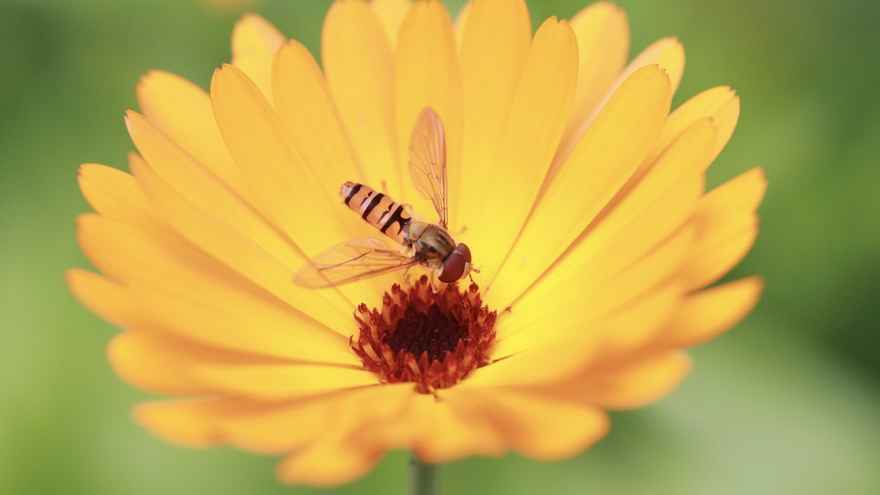Nature: how to support wildlife in small spaces in the city

How can you attract beneficial wildlife to a small container garden in the centre of the city? There are many great reasons to do so: to attract bees and other pollinators, to provide a home for wildlife, or simply to enjoy watching nature in the centre of the city (which research shows is also great for wellbeing). You will find lots of tips in the videos below with wildlife expert, Kate Bradbury. Kate is a writer and broadcaster, and author of The Wildlife Gardener. Kate also encourages you to see creepy crawlies in a new way - even those that are often considered pests by gardeners like wasps, flies and aphids. She offers ideas on what you can grow and how to make a simple bee home for a small space. I hope she'll also inspire you!
Many thanks to Wendy Shillam who let us film this on her beautiful rooftop terrace slap bang in the middle of London - next to the Post Office Tower.
Wildlife in small spaces
Watch this one first – Kate and Wendy explore the challenge of keeping nature ‘in balance’ in a small urban space. And Kate explains why you'll sometimes need to take on the role of predator.
Wasps, flies and experiments with nettle juice
Kate explains the valuable role that wasps play for the gardener (I hold her responsible for changing my view on wasps completely!) – and why we should forgive them for their misdemeanours in August. She reminds us how even flies have an important role in nature – and describes in graphic and hilarious detail an experiment you can do with a bucket of nettle juice!
How to make a home for solitary bees
Bees are vital for pollination in the container garden. Kate tells us about the different kinds of bees and explains why there is now a shortage of homes for all of them. She shows us how we can make a home for solitary bees – its really easy and, in her experience, is really effective.
Flowers to support bees and other pollinators
Find out about the flowers you can grow that will attract pollinators -bees and hoverflies…. and that will also provide them with the best nourishment.
Aphids, ladybirds, hoverflies and lacewings
Kate explains the wider role of aphids (an important food source for some birds as well as ladybirds). She gives us tips on how to attract ladybirds (don't be too tidy - and grow nettles) and hoverflies and lacewings which also eat aphids.
How to make a bug skyscraper
Here’s a simple, low cost and clever way you can compost woody lengths of garden waste in a very small space – and make a home (and a climbing plant support) for bugs and insects at the same time.
Wildlife Webinar with Kate Bradbury
Kate shows you what important beneficial bugs – like hoverfly larvae – looks look like and talks about other beneficial wildlife not covered in the videos. If you want to skip through, here are the timecodes: 1.08: hoverfly larvae 3.28: lacewings and lacewing larvae 8.45: ladybird larvae 10.10: bees 18:30: ground beetles 24.40: ponds in containers 32:50: hedgehogs 37:00: chard leaf miner 40:50: wildlife identification guide

0 comments
Leave a comment